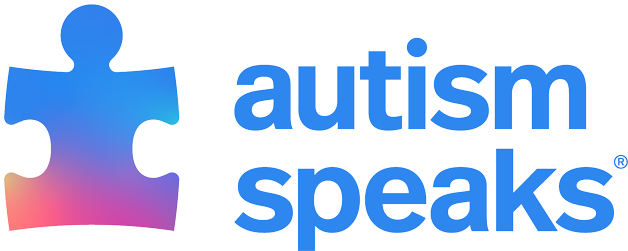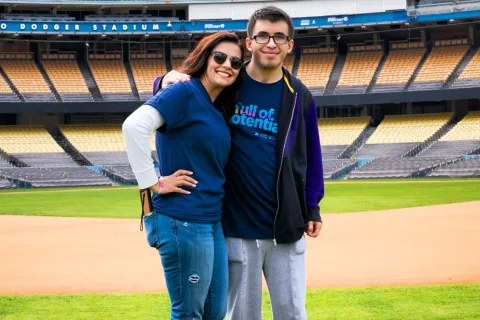Pool and water safety for lifeguards
Tips to prevent accidents and ensure autistic individuals enjoy the pool
With summer in full swing, water play can be a fun way for children and adults with autism to cool down on a hot day.
But parents, family and friends should also make it a priority to teach water safety to prevent accidents. In a 2011 study, 91 percent of deaths in children with autism who wandered were because of drowning accidents. In addition to our tips and tools for water safety, you can search Swim and Water Safety in our Resource Guide.
Education and action can continue all year. Kindll Williams, owner of the Dallas-based special needs swimming program Swimming Elite, said lifeguards and swimming instructors are often unaware about the water safety risks for autistic people.
“It isn’t talked about,” said Williams. “I've been a lifeguard instructor for more than 25 years, and not once have I been to a facility or training that has talked about how to communicate with children with autism or teach them how to swim.”
Get to know the lifeguards at your community pool or other water park facility and share information about your or your loved one’s needs so they can keep everyone safe.
Here are steps lifeguards can take to minimize the chance someone with autism will be in danger in water:
- Learn the signs of autism to identify potentially autistic people and pay extra attention to their swimming, especially if he or she comes alone.
- Learn how to communicate with autistic people, whether verbally or another way of communicating, that can help keep them calm them in an unsafe situation or if they have wandered away from their group. This first-responder tool kit has communication techniques in addition to a lot of other useful information for lifeguards.
- Invite children at your facility to get to know you, your staff and the lifesaving gear, including the opportunity to handle the gear and ask questions. In a lifesaving situation, autistic kids will sometimes not grab onto lifesaving gear because they are unfamiliar with it, so a previous exposure to the gear could help them in a future dangerous situation.
- If a swimmer does not respond to the standard lifeguard whistle, make sure you talk face-to-face, and they are focused on you. For some autistic people, a sharp-sounding whistle may overwhelm them or not be understood as a safety alert. Some kids will wear headphones at the pool or have other communication differences, so they may not hear the whistle.
Swimming facility owners can support autistic swimmers as well by communicating safety rules in different ways to ensure understanding, Williams said. Posting pictures next to pool guidelines helps those who are visual learners understand the rules.
Teaching their lifeguarding and other staff about supporting an autism-friendly swimming experience can help make sure their pool is a safe and comfortable environment for everyone.
“Preventive lifeguarding is what we teach lifeguards from the beginning of their training,” Williams said. “With the world changing and being more inclusive, we need to start teaching our lifeguards about autism and how to effectively communicate with autistic swimmers so they can have fun, be safe in the water and follow the rules.”
For more information, contact our Autism Response Team:
- English: 1-888-AUTISM2 (1-888-288-4762) | help@autismspeaks.org
- En Español: 1-888-772-9050 | ayuda@autismspeaks.org








